How to Wet Block Knitting and Crochet Projects: 4 Easy Steps!
The secret sauce to perfect stitches
The secret sauce to perfect stitches
Uneven stitches and rolled up edges can feel so discouraging for beginners. But learning how to wet block knitting and crochet projects can take care of that!
Wet blocking is super easy once you’ve got the basics down. So if you want to learn how to block a crochet project or how to block a knitting project, then keep on reading.
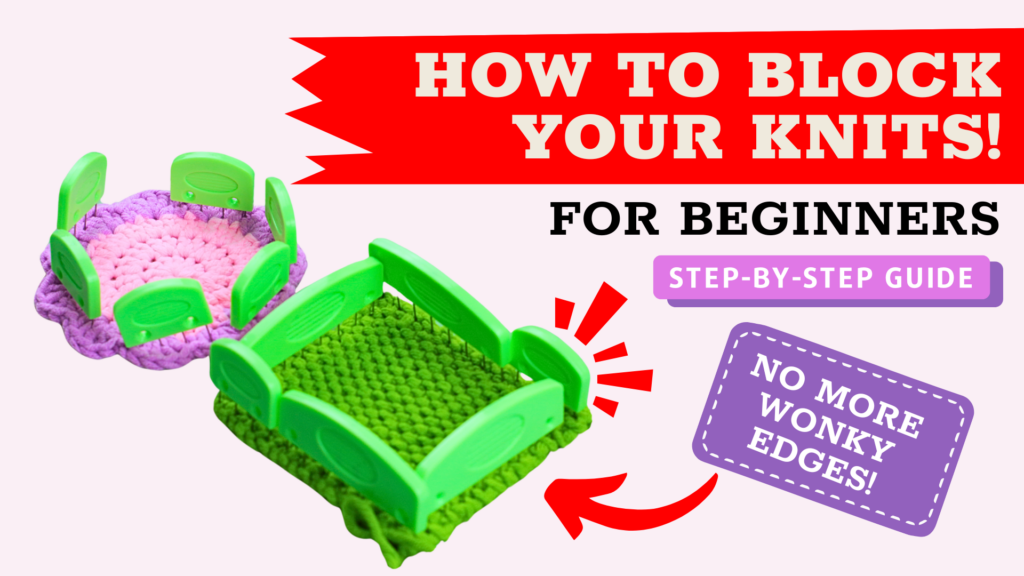
Wet blocking only involves 4 easy steps. Once you have these 4 steps memorized, you can get to blocking all sorts of crafted fabrics. Let’s get started:
Use a clean bowl, basin, or your bathtub for larger projects.
Fill it ⅔ of lukewarm water
Add your wool wash. I’m using Earth gentle wool wash. But you can use whatever wool wash is readily available to you. We also dished on our top 3 favorite wool washes here.
Use your hand to gently swish the soap and water mixture.

Submerge your fabric into the water. Make sure it completely soaks in the water. Do not move your fabric too much. This might overwork the fibers and cause it to felt or get too stretched out.
Leave your project to soak for about 15 minutes or 1 hour for larger pieces.
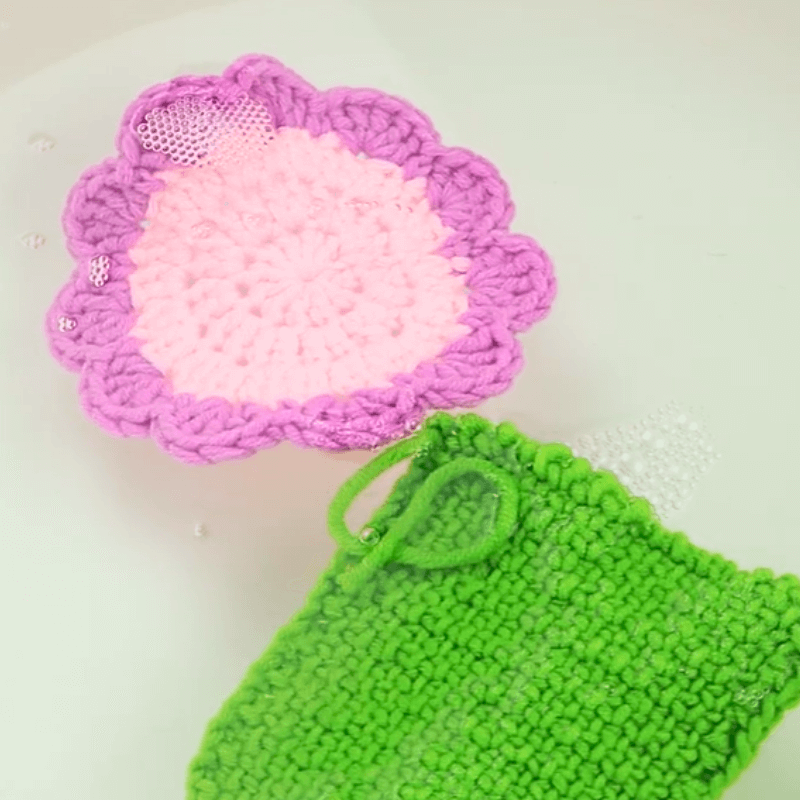
Lift your project from the basin. Gently lay your project flat on a clean towel.
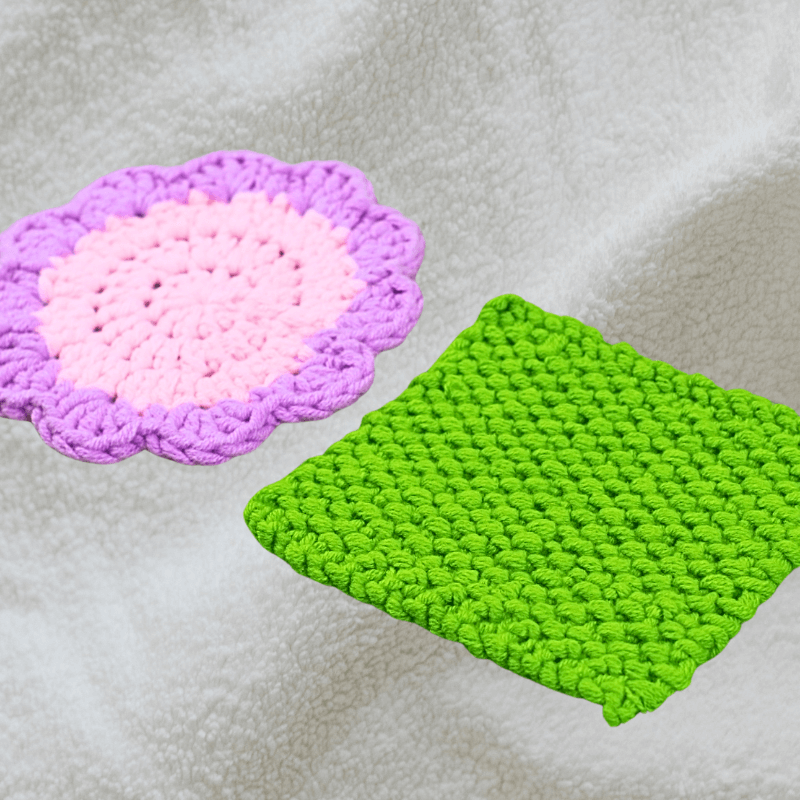
Fold the towel over your project. Make sure it’s fully covered up. You can use more than one towel for larger projects.
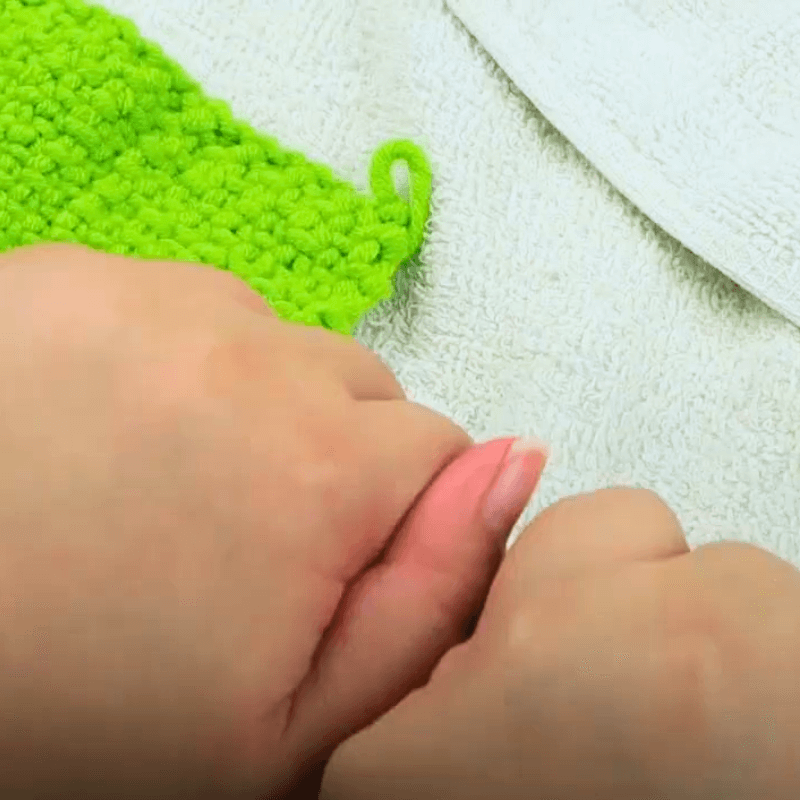
Now roll up the towel to absorb any excess moisture. Do not wring your project as this can stretch out your stitches.
Just give your projects a few good squeezes to get rid of the excess water.

Lay your project onto your blocking mat or board and pin it into your desired shape. Let your project dry completely before unpinning it.
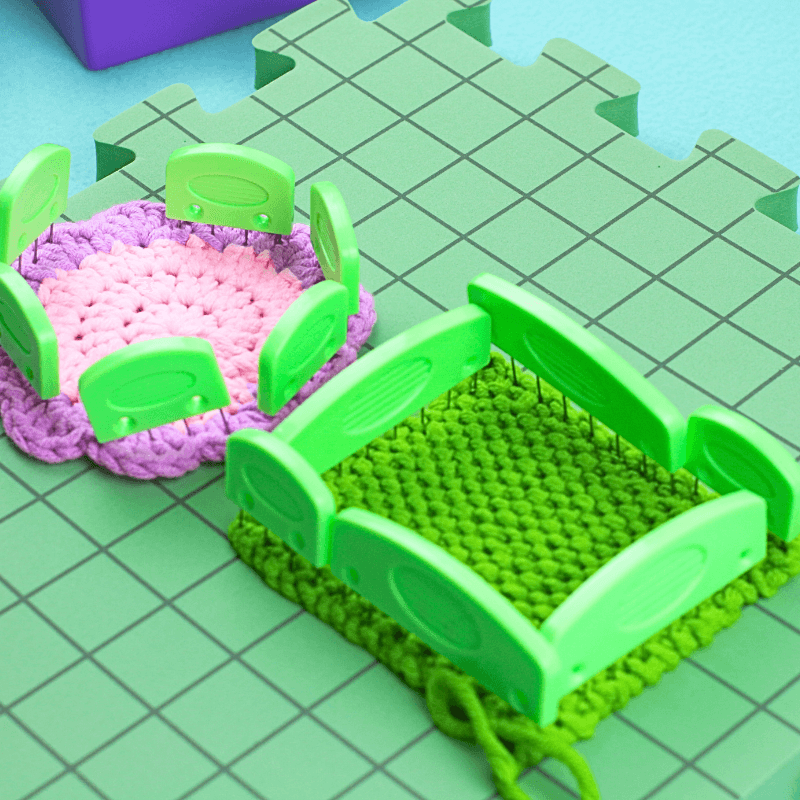
When your knit and crochet fabrics are dry, you’ll see that the stitches have relaxed and all the uneven-ness have flattened out!
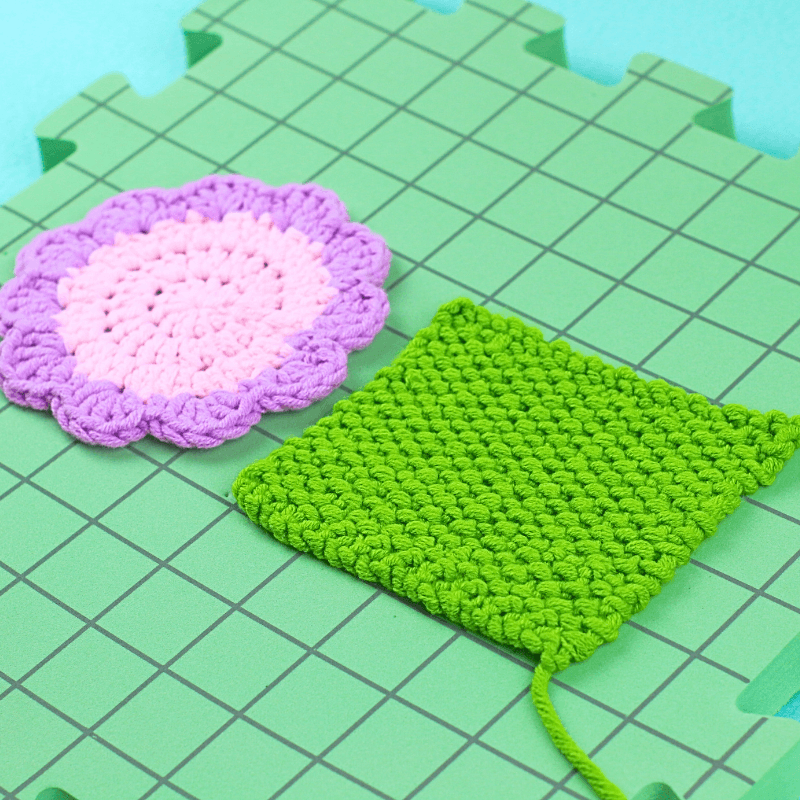
Prefer to watch the video tutorial version of “How to wet block knitting”? Check out this easy-to-follow video below:
Let’s face it, that extra zhuzh can sometimes take a simple knitting or crochet project into a whole new level. That’s the type of charm wet blocking can bring to any plain fabric!
If the hem of your knit socks is a little bit wonky, instead of hating yourself and thinking that you’re a failure, try blocking it first! Most stitches tend to be tighter fresh off the needles and a trip to blocking-town might just be the thing you need.
I hope this quick tutorial helped you out. Let us know your favorite blocking technique below!



